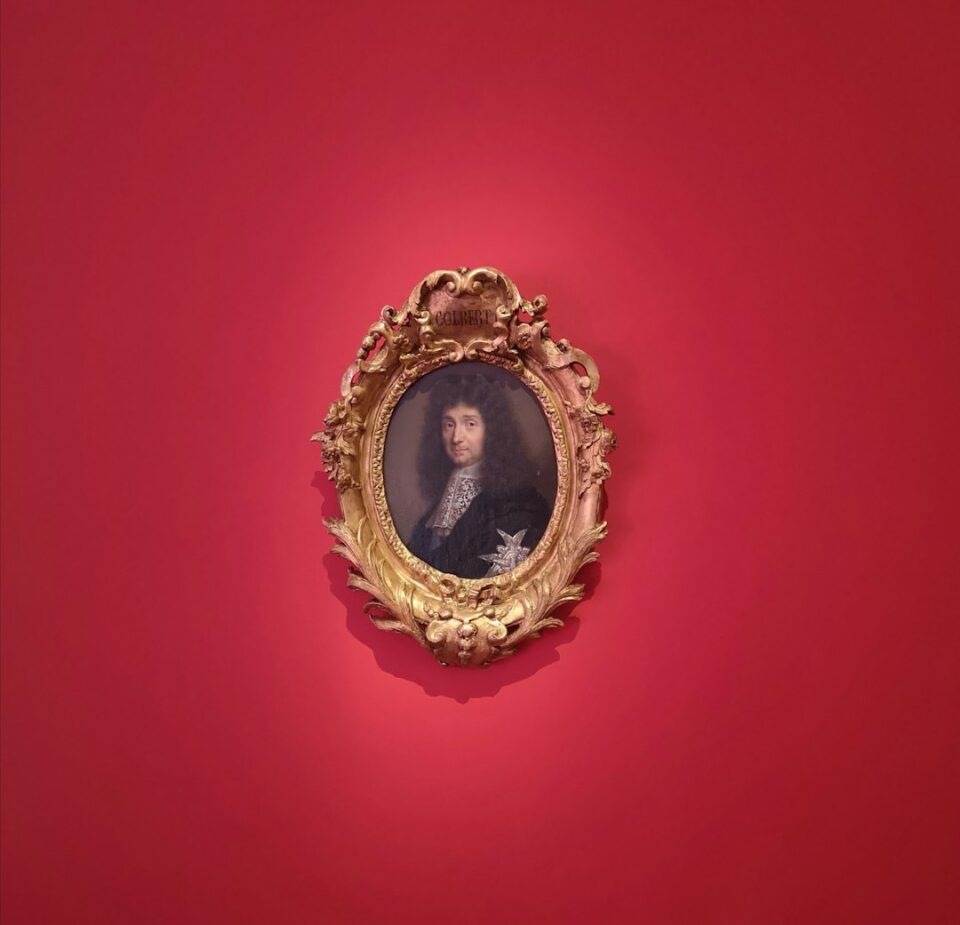Art history timelines are essential tools for understanding the development and evolution of art throughout history. By tracing the progression of artistic styles, movements, and key figures over time, these timelines provide a valuable framework for appreciating the complexity and diversity of the artistic world.
In this guide, we will explore the importance of art history timelines and how they can enhance our understanding and appreciation of art.
1. Understanding art movements and styles
One of the primary benefits of art history timelines is that they allow us to visualize and understand the progression of art movements and styles over time. By mapping out the key periods and movements in art history, such as the Renaissance, Baroque, Impressionism, and Cubism, timelines provide a clear structure for understanding the evolution of artistic ideas and techniques.
For example, by observing how the Renaissance period gave way to the Baroque movement, we can see how artists began to explore new themes, styles, and techniques in response to changing cultural and social contexts. Similarly, by examining the transition from Realism to Impressionism, we can see how artists began to break away from traditional conventions and embrace new approaches to representing the world.
2. Exploring cultural and historical context
Art history timelines also help us to place works of art within their cultural and historical contexts. By tracing the development of art alongside major historical events and social movements, timelines enable us to see how artists responded to the world around them and how their work reflected broader cultural trends.
For example, the rise of Abstract Expressionism in the mid-20th century can be understood in the context of post-World War II anxieties and the desire for artistic freedom and expression. Similarly, the emergence of Pop Art in the 1960s can be seen as a response to the consumerist culture of the time and the increasing influence of mass media.
By placing works of art within their historical context, timelines allow us to appreciate the nuanced relationship between art and society and how artists have responded to the world around them in unique and innovative ways.
3. Tracing the influence of key figures
Art history timelines also help us to trace the influence of key figures in the artistic world and how their work has shaped the course of art history. By highlighting the contributions of artists such as Leonardo da Vinci, Vincent van Gogh, Pablo Picasso, and Frida Kahlo, timelines provide a comprehensive overview of the diverse range of voices that have shaped the art world.
For example, by examining the timeline of Picasso’s career, we can see how his artistic style evolved over time and how he played a pivotal role in the development of Cubism and other modern art movements. Similarly, by tracing the life and work of Kahlo, we can see how her unique voice and perspective as a female artist have become a source of inspiration for artists around the world.
4. Enhancing our appreciation of art
Ultimately, art history timelines help us to deepen our appreciation of art by providing a comprehensive overview of the artistic world and its rich history. By understanding the progression of art movements, styles, and key figures, we can develop a more nuanced understanding of the complex and multifaceted nature of art and how it has evolved over time.
Whether you are a seasoned art enthusiast or a newcomer to the world of art, exploring art history timelines can be a rewarding and enlightening experience. By tracing the evolution of art through key periods, movements, and figures, timelines provide a valuable framework for understanding and appreciating the rich tapestry of artistic expression that has shaped the world around us.
In conclusion, art history timelines are essential tools for understanding the development and evolution of art throughout history. By tracing the progression of artistic styles, movements, and key figures over time, timelines provide a valuable framework for appreciating the complexity and diversity of the artistic world. Whether you are an art enthusiast or a newcomer to the world of art, exploring art history timelines can enhance your understanding and appreciation of the rich history of artistic expression. So next time you visit a museum or gallery, take a moment to appreciate the art history timelines that have helped to shape our understanding of the artistic world.

